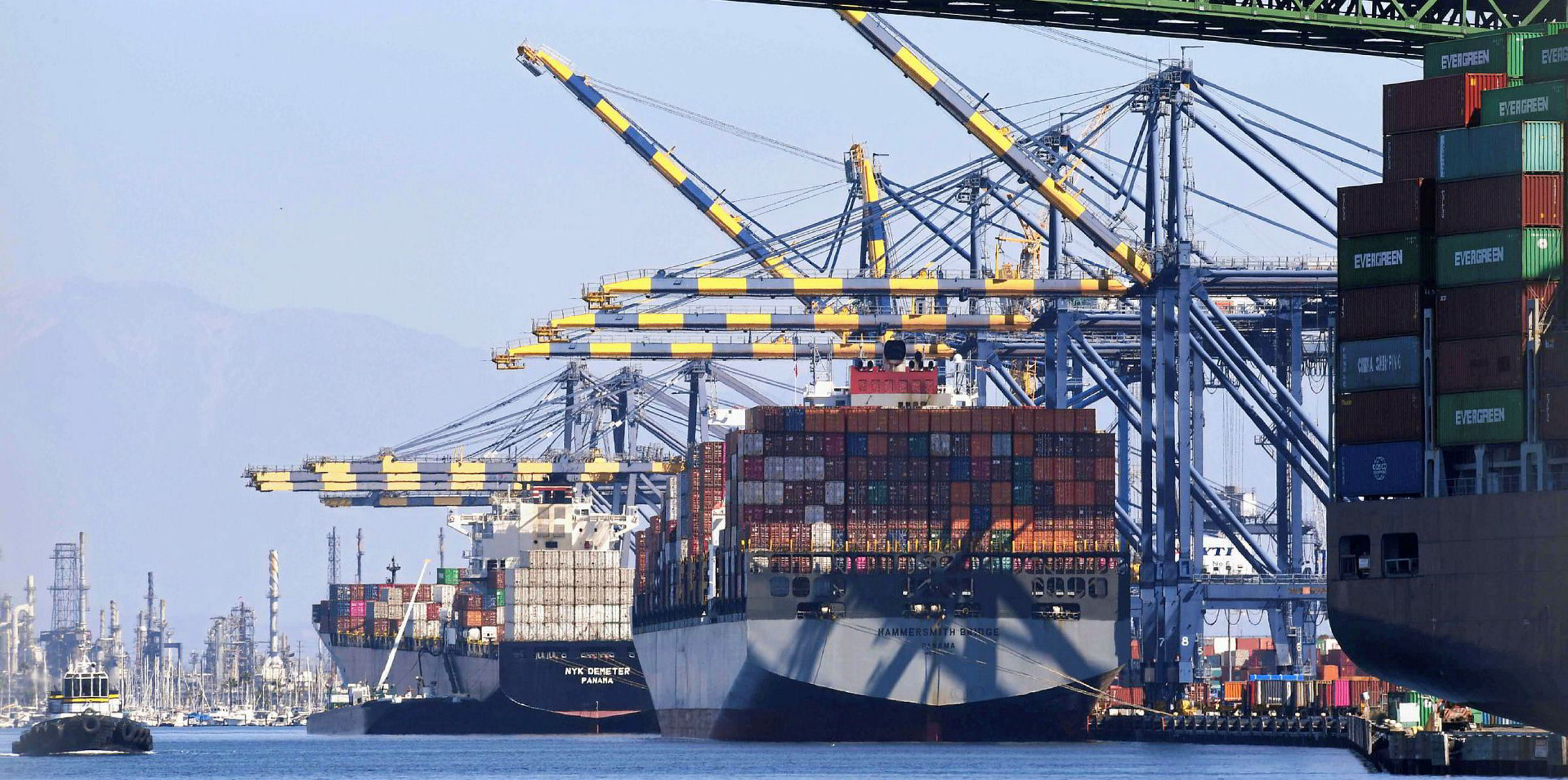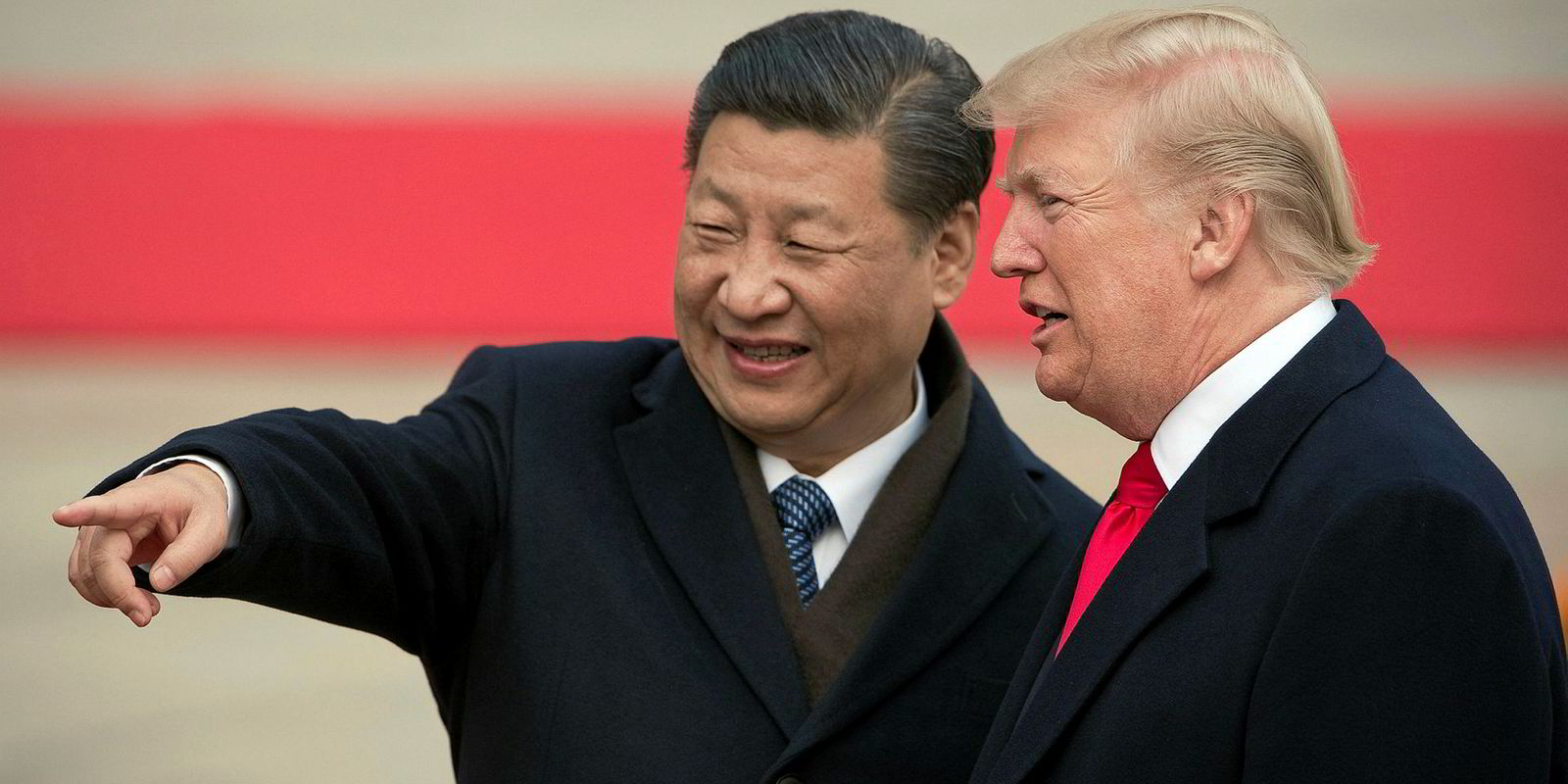Container lines in the transpacific trades have obtained big freight rate increases after axing several sailings.
The most significant rises have been on the trade from China to the US West Coast (USWC), where rates rose by up to 25%, according to the Shanghai Containerised Freight Index.
Rates from Shanghai to the USWC rose by $338 to $1,720 per 40-foot (feu) container, while rates to the US East Coast rose by $384 to $2,789 per feu.
The improvements follow efforts by lines to limit capacity by cancelling sailings on the trades from Asia to the US. Those moves have been led by the Ocean Alliance, which cut three sailings from Asia to the USWC that were scheduled for the first half of this month.
The void sailings implemented by the Ocean Alliance mean 60,000 teu of capacity has been taken out of the transpacific trade in June and July, Alphaliner estimates.
Transpacific rates are expected to rise further in the coming months, which mark the start of the peak season.
Analysts said some shippers had forward-booked in the hope of avoiding additional tariffs that the US had threatened to implement on all Chinese goods later this year.

Rates in the transpacific are expected to rise further in the coming months, which mark the start of the peak season.
The Ocean Alliance has also cut sailings between Asia and Northern Europe. This week it unveiled four void sailings in July and August that will remove 66,900 teu from the trade. That adds to cancellations by THE Alliance of four Asia to Europe sailings scheduled for this month.
Bottleneck boost
Hapag-Lloyd, Ocean Network Express and Yang Ming Marine Transport have voided sailings of four vessels ranging from 14,026 teu to 19,870 teu. That will remove 67,700 teu from the trade next month, according to Alphaliner.
But so far it has had little impact on freight rates as overcapacity and weak demand continue to afflict the Asia to Europe trade, where the 2M carriers have not yet cut capacity.
Rates from China to Northern Europe fell to $1,280 per feu this week, more than 16% down on last year and 37% down on 2017, Freightos said.
The trade has borne the brunt of the 18,000-teu mega-vessel roll-out, the online forwarding firm added, but carriers “are trying to increase prices to cash in on the bottleneck preceding Europe’s pre-August shutdown”.
Clarksons forecast that mainline box trades will increase by 2.6% this year, supported by firm growth on the peak-leg and backhaul Asia to Europe route. However, US-China trade tensions and weakening sentiment continue to present downside risk, the broker added.




